For maximum value, specimen photographs posted to the iNaturalist site should enable an expert to help identify the species of the specimen from the photo. These guidelines will help.
Leslie Harris
What iNaturalist experts want to see
- One species per observation, either single-species group or single animal
- Single animals on simple background
- Good, sharp focus
- Natural color
- Marine animals & plants submerged in water so appearance is natural, not flat or clumped
- Bright, even light, minimal glare or shadows
- Subject occupies at least 75% of photo (ok to crop image)
- Multiple images for habitat, overall appearance, & details
- Use macro setting for small animals or details
Brief examples
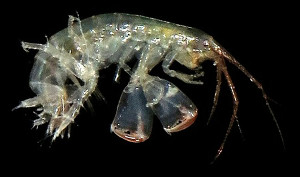 |
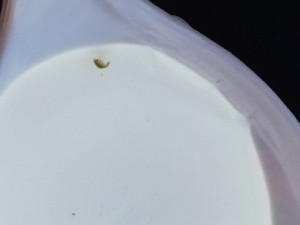 |
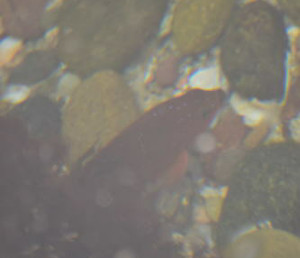 |
Good: Excellent lab macro-photograph on clean background. |
Bad: Too small, poor focus, no detail will be visible. |
Bad: Poor focus, badly lit, color is wrong (the target fish is a bright orange Garibaldi) |
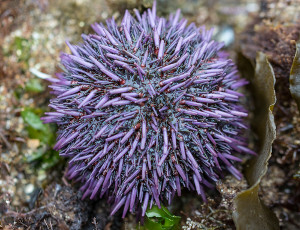 |
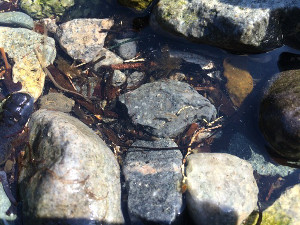 |
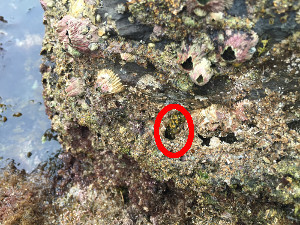 |
Good: Sharp focus on one subject, good light and color. |
Bad: Where’s the animal? |
Bad: Poor focus, too much in photo, subject too small (target of photo was the area circled in red). |
Making species photos work
Poor photo: Partly out of the water, glare spots, too many organisms (mussels, colonial and solitary tunicates, green algae, etc.). |
Good photos: Below here are some images of the same (or similar) species showing better approaches. With the images below here, experts have a chance of identifying the species from the photo. |
|
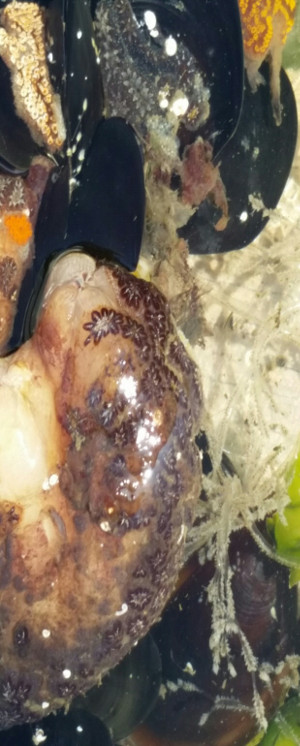 |
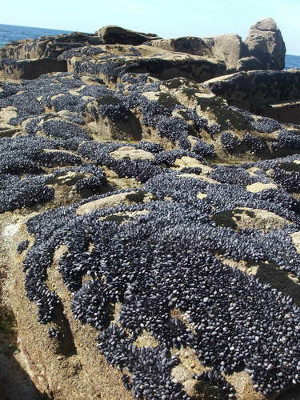 |
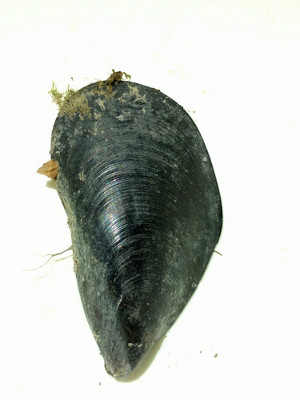 |
Good mussel (Mytilus) images: one shows the entire single-species landscape as it appears in the field; the other shows an isolated individual. |
||
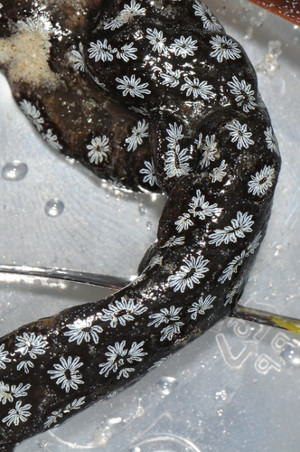 |
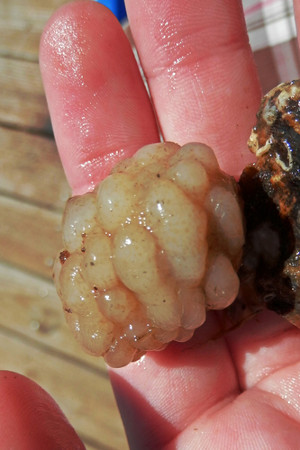 |
|
Good tunicate images: one shows an isolated colonial animal, the other shows an isolated solitary individual (buried beneath the colonial tunicate in the “bad” image). |
||
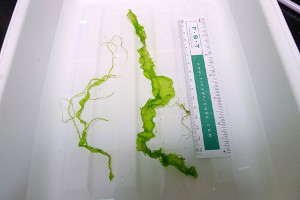 |
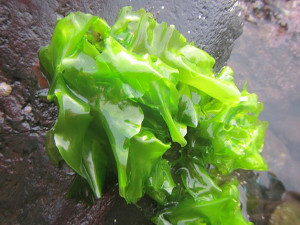 |
|
Good green algae (Ulva) images: one shows full-length, isolated blades laid out in water with a ruler for scale; the other shows an isolated compact individual in the field. |
||
iNaturalist page with problems
There are significant problems with the photos on this page that will make it
difficult or impossible for experts to help with species identification:
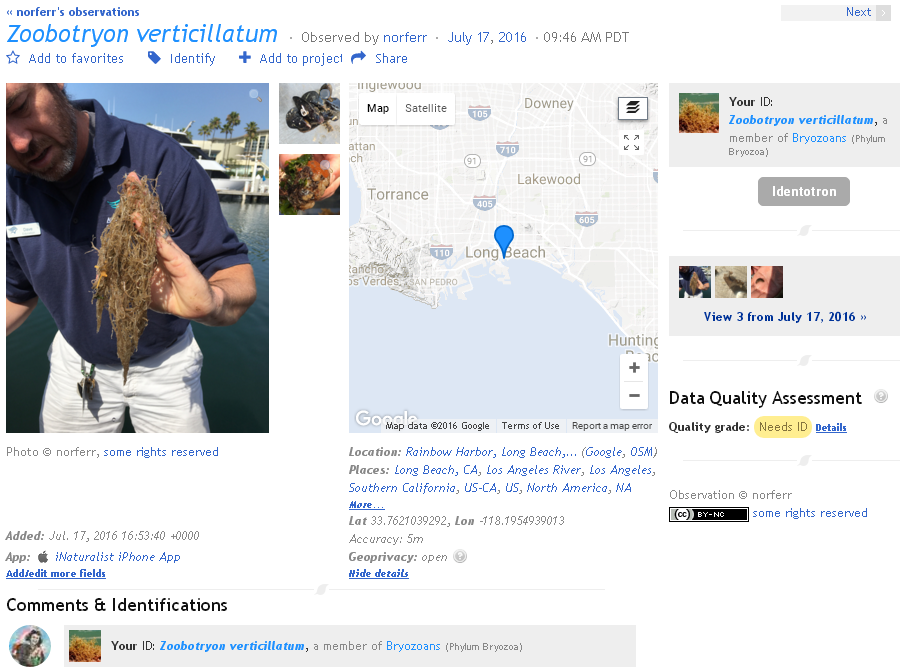
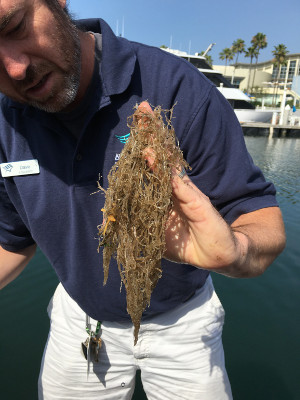 |
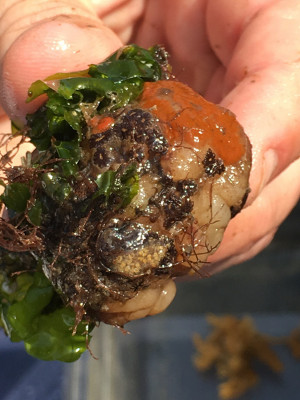 |
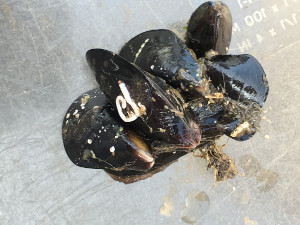 |
In the main photo, Zoobotryon is limp and clumped due to being out of water, so the growth pattern doesn’t show and neither does detail. Most of the image is taken up by the person in background. |
The second image has 3 types of ascidians, 1 green alga, and 1 red alga, but almost no Zoobotryon. Photo taken out of water, hence has “hot-spots” (= glare). |
The third image is an out-of-water image of a mussel clump with byssus threads, 2 types of calcareous tube worms, and doesn’t appear to show any Zoobotryon. |
iNaturalist page with good photos
Here is an example iNaturalist page with a set of good photos:
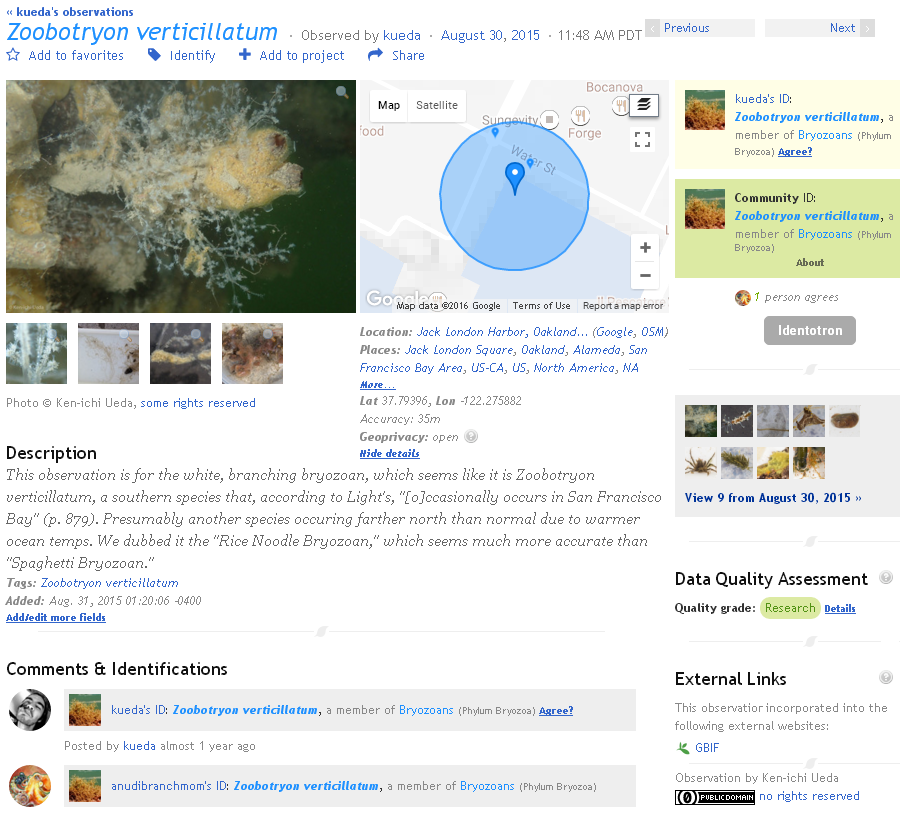
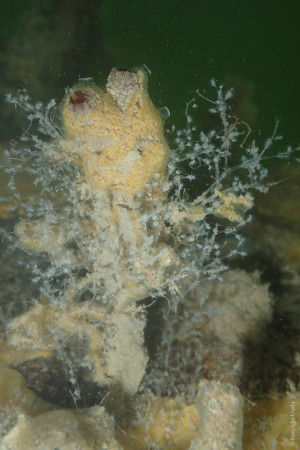 |
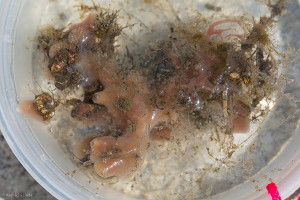 |
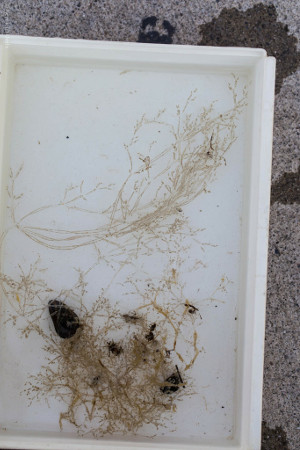 |
The main photo is a good in situ habitat photo. |
A good lab habitat photo. |
A good submerged photo in the lab showing the growth pattern. |
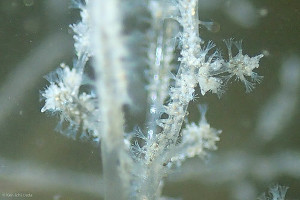 |
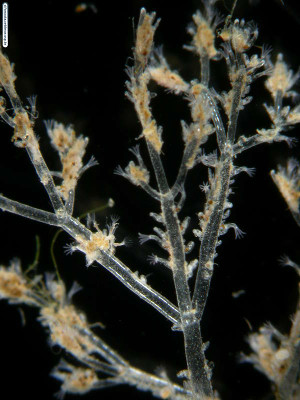 |
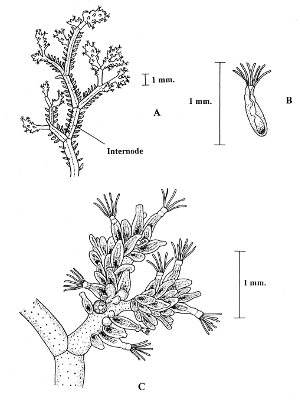 |
The close-up photo is excellent. |
The close-up (at left) matches this confirmed image of the species. |
The close-up (at far left) also matches the scientific diagram, allowing for an expert identification. (Drawing from Abdel-Salam, Kh.M. and Sh.E. Ramadan. 2008. Mediterranean Marine Science 9(1): 31–47.) |